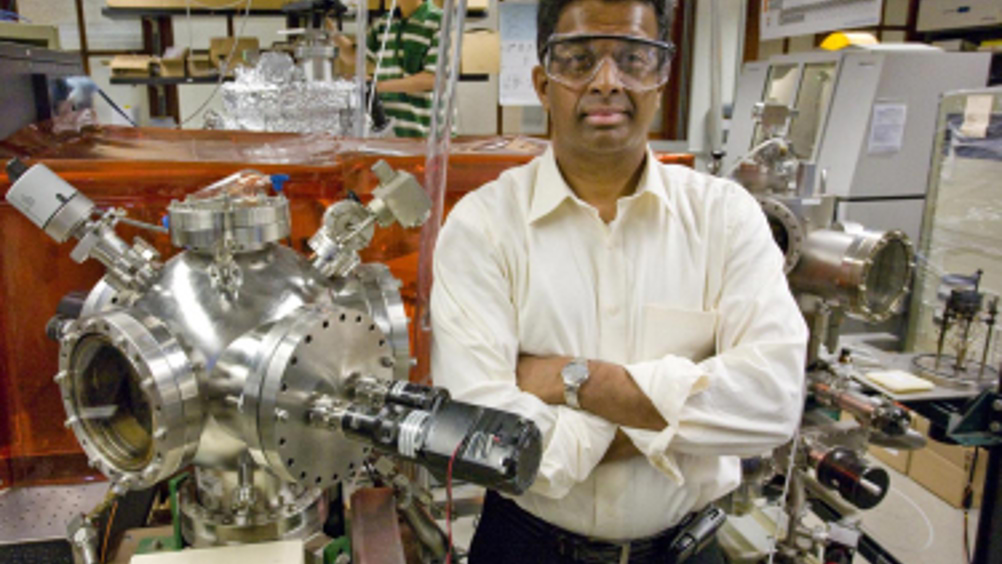Spintronics breakthrough points to cheaper, faster data processing
1 min read
In a development that holds promise for future magnetic memory and logic devices, researchers in the US have successfully used an electric field to reverse the magnetisation direction in a multiferroic spintronic device at room temperature.

The demonstration, made by a team from the US Department of Energy's Berkeley Lab, could lead to smaller, faster and cheaper ways of storing and processing data.
"Our work shows that 180° magnetisation switching in the multiferroic bismuth ferrite can be achieved at room temperature with an external electric field when the kinetics of the switching involves a two step process," said lead researcher Ramamoorthy Ramesh. "We exploited this multi step switching process to demonstrate energy efficient control of a spintronic device."
Multiferroics are materials in which unique combinations of electric and magnetic properties can simultaneously co-exist. They are viewed as potential cornerstones in future data storage and processing devices because their magnetism can be controlled by an electric field rather than an electric current, a distinct advantage as Heron explains.
"The electrical currents that today's memory and logic devices rely on to generate a magnetic field are the primary source of power consumption and heating in these devices," explained Ramesh. "This has triggered significant interest in multiferroics for their potential to reduce energy consumption while also adding functionality to devices."
Ramesh and his collaborators began by setting up a theoretical study in which an out-of-plane electric field was applied to bismuth ferrite films. They discovered a two-step switching process that relies on ferroelectric polarisation and the rotation of the oxygen octahedral.
"The two step switching process is key as it allows the octahedral rotation to couple to the polarization," said Ramesh. "The oxygen octahedral rotation is also critical because it is the mechanism responsible for the ferromagnetism in bismuth ferrite. Rotation of the oxygen octahedral also allows us to couple bismuth ferrite to a good ferromagnet such as cobalt-iron for use in a spintronic device."
To demonstrate the potential technological applicability of their technique, the researchers used heterostructures of bismuth ferrite and cobalt iron to fabricate a spin valve, a spintronic device consisting of a non-magnetic material sandwiched between two ferromagnets whose electrical resistance can be readily changed.
X-ray magnetic circular dichroism photoemission electron microscopy images confirmed a clear correlation between magnetisation switching and the switching from high to low electrical resistance in the spin valve.
"We also demonstrated that using an out-of-plane electric field to control the spin valve consumed energy at a rate of about one order of magnitude lower than switching the device using a spin polarised current," Ramesh concluded.












